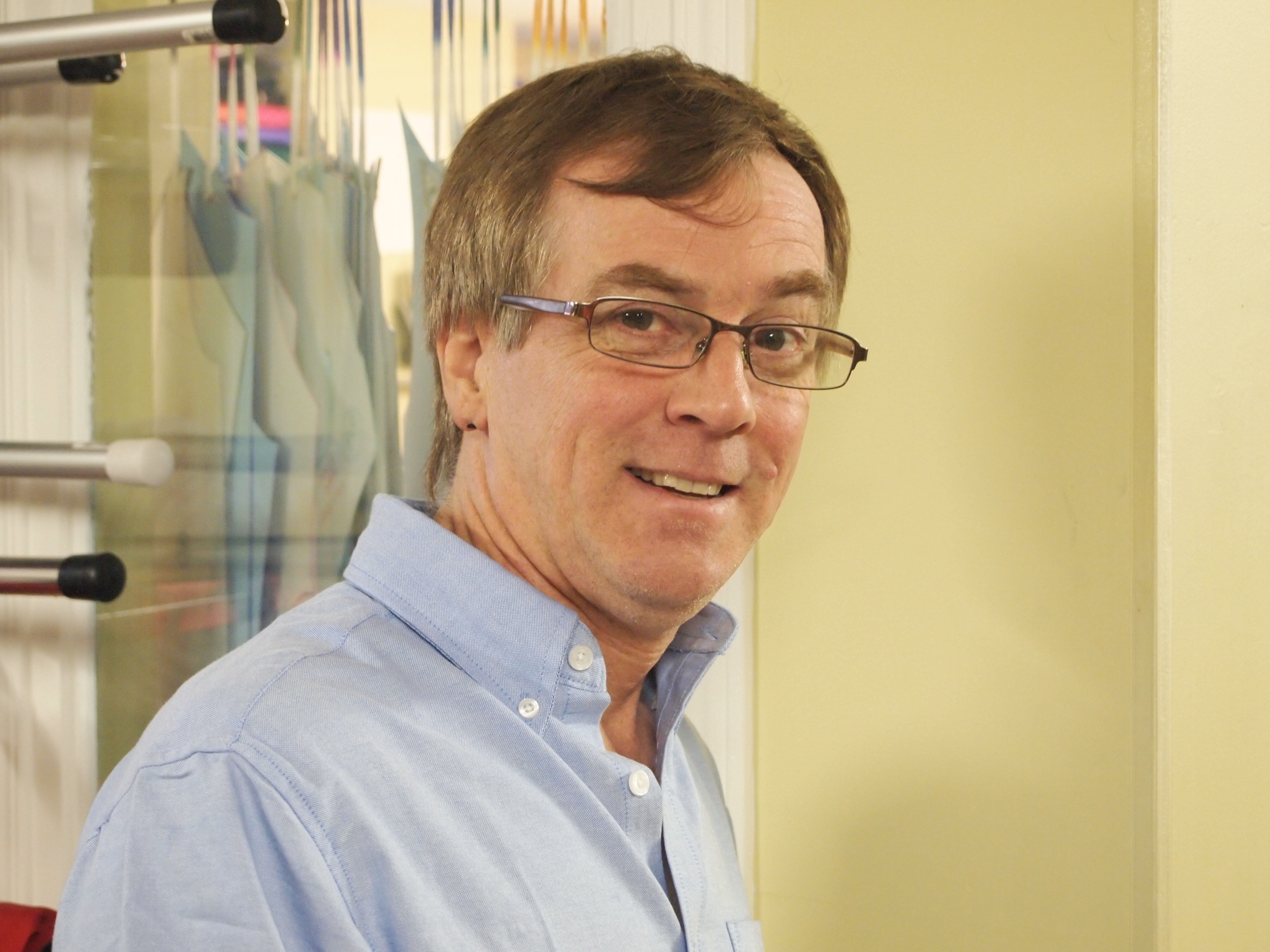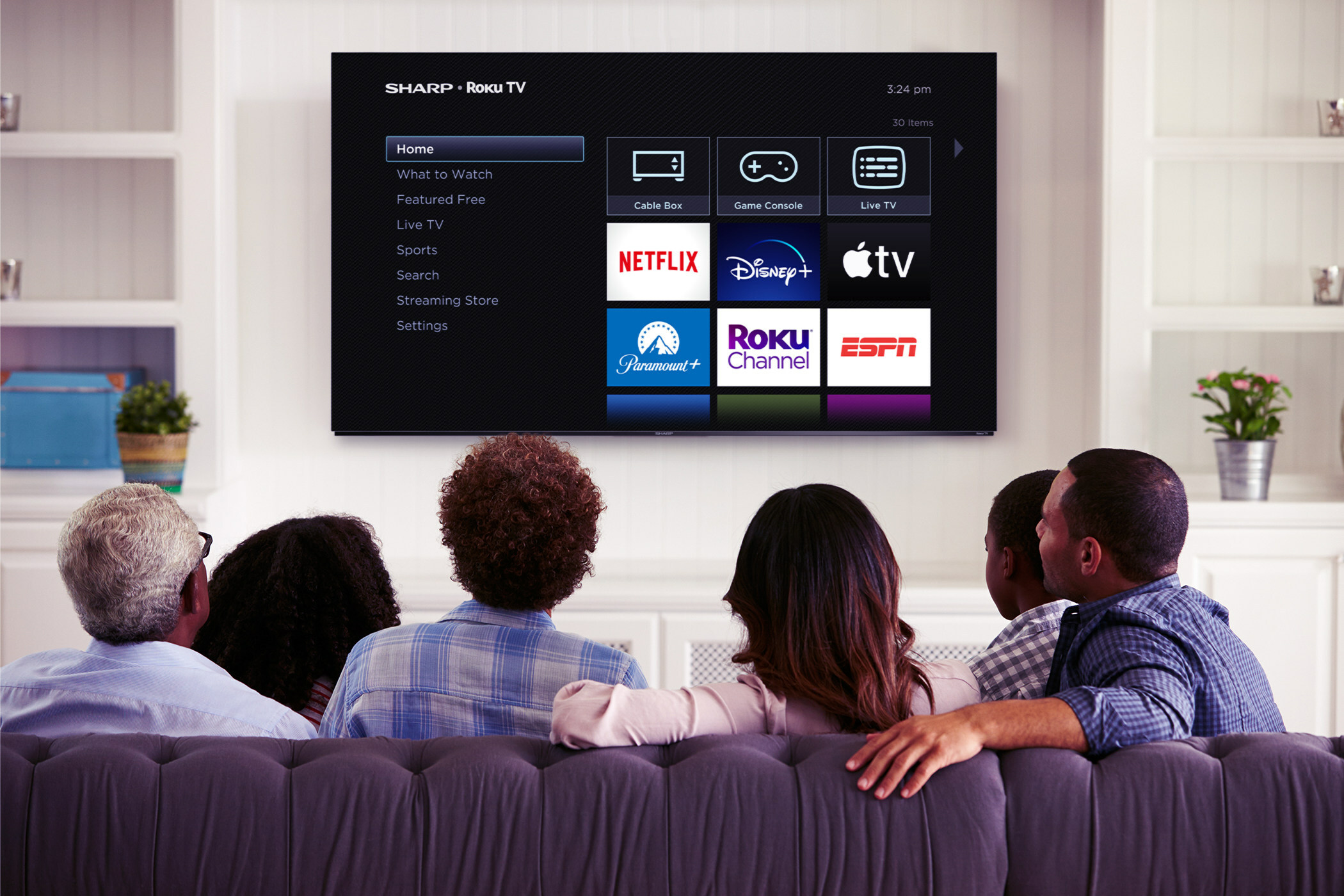How Creativity, Cloud and Covid Are Impacting Newsroom Graphics
The demands of remote production coupled with cloud advances are helping operators push the envelope and save money
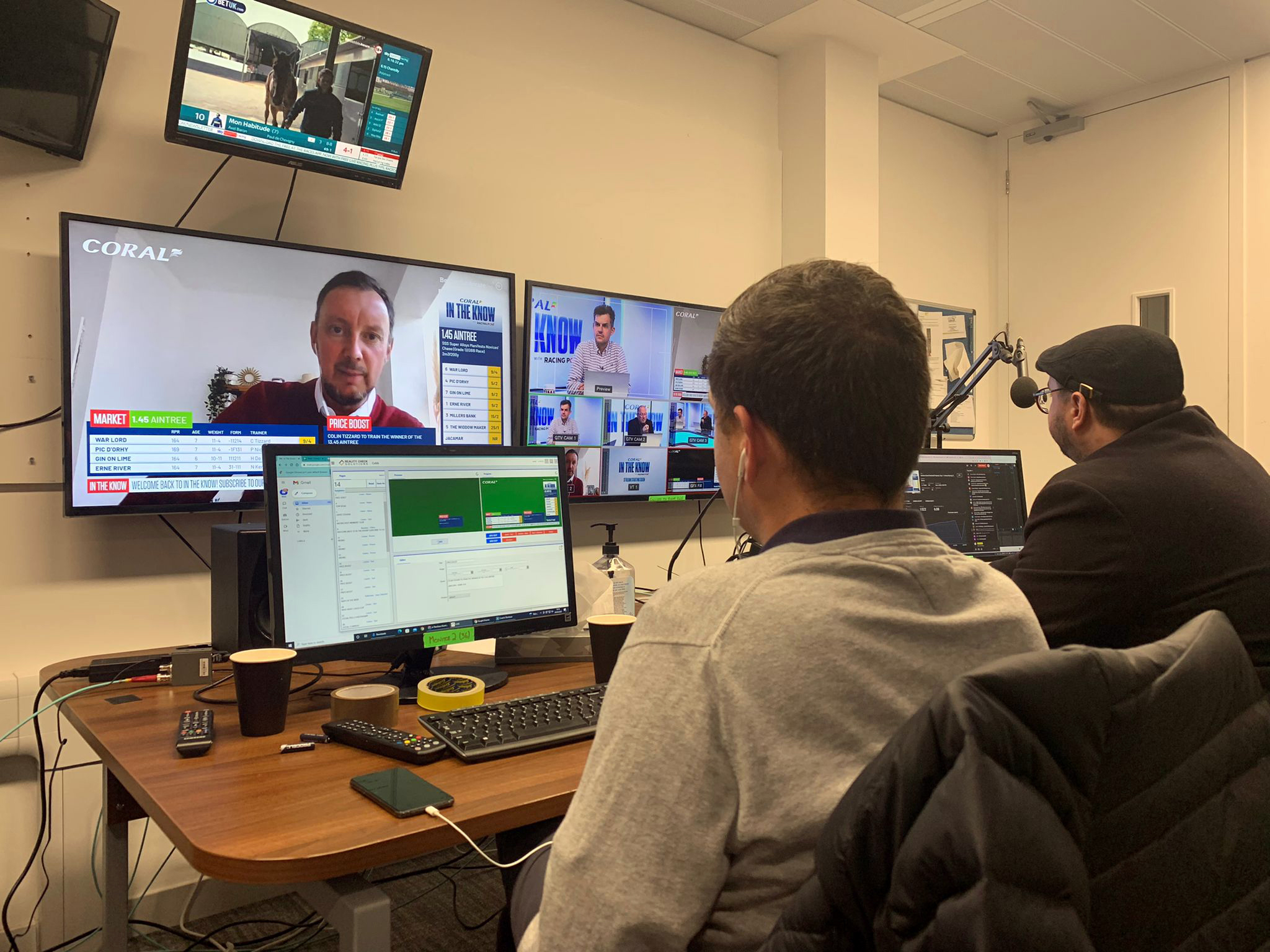
OTTAWA—The Three Cs: creativity, the cloud, and Covid, are among the many trends driving the development of newsroom graphics and virtual sets today. “Given the situation with Covid, the option for many media organizations was either remote virtual production or not producing a show,” said Michael Geissler, CEO of Mo-Sys Engineering, a camera tracking/broadcast robotics provider.
And don’t forget a fourth “C,” cost-effectiveness. “The beauty of broadcast graphics and virtual sets lies in how they allow newscasters to do more with less and not have their creativity limited by their location or budget,” said Bob Caniglia, Blackmagic Design’s Director of Sales Operations, Americas. (The company’s ATEM Mini line of live production switchers is aimed at broadcasters pivoting to remote and hybrid workflows.)
Digital Brings Freedom
Today’s newsroom graphics are more complex, colorful, and animated than ever. And you can thank digital composition and the cloud for making this progress possible, according to Mike Ward, head of marketing with Singular.live, which offers cloud-based graphics solutions for broadcast.

“The biggest trends in newsroom graphics are all digital, moving away from linear hardware-based systems to more flexible, scalable cloud-native solutions,” Ward told TV Tech. “Not only do these solutions offer greater scalability in terms of creating multiple outputs, but they can quickly and easily adapt to increases—or decreases—in staff. Now reporters, producers and technical staff can operate systems literally from anywhere without the need to ship or transport dedicated hardware.”
Virtual Goes from Sets to Production
With their ability to render complex broadcast environments using economical green-tinted physical sets or even just backdrops, virtual sets have been a money-saving boon for TV newsrooms for years.
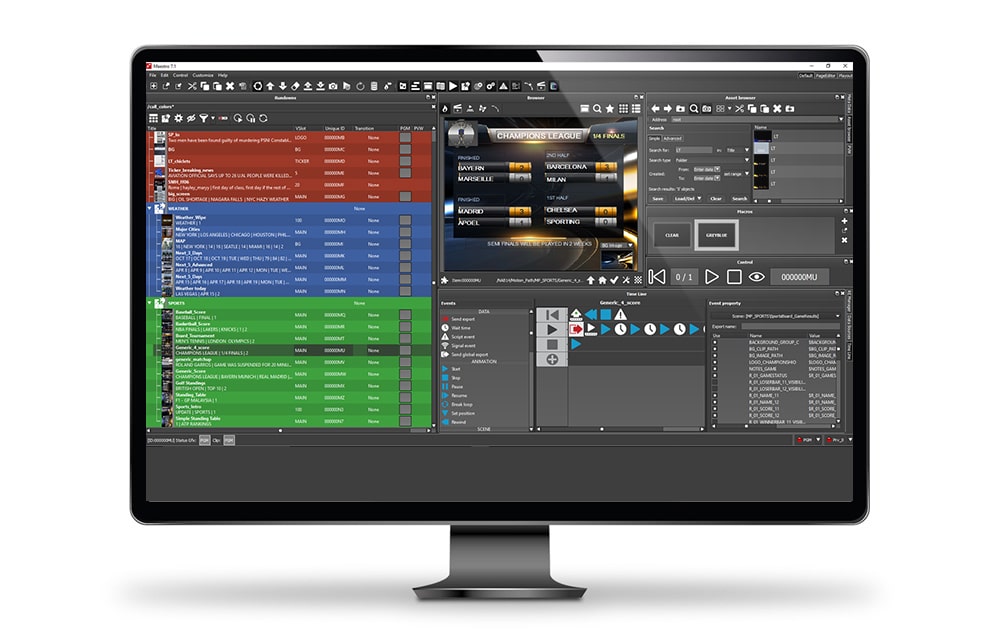
“This is why the trend towards replacing physical sets with virtual sets started a long time ago,” said Raul Alba, Avid’s Director of Media Solutions. (Avid’s Maestro | News is a complete news graphics package that is integrated with Media Composer and third-party news automation systems.) “Some regions of the world have been bolder in their adoption of this technology. One shining example is Latin America, which embraced virtual sets 15 years ago.”
In 2020, virtual sets came to the rescue when Covid isolation forced on-air talent and reporters to broadcast from home via the web. Equipped with their own green screens and high-quality streaming cameras, these people proved just how useful virtual sets are for remote production, much to the surprise of many skeptical broadcasters.
Get the TV Tech Newsletter
The professional video industry's #1 source for news, trends and product and tech information. Sign up below.
“During the pandemic, many newsrooms were forced into situations where their traditional approaches were no longer viable, so they took the plunge and quickly realized there are affordable and flexible tools to make virtual sets a reality in or outside the studio,” Caniglia observed. “Now that broadcasters have seen these benefits, they want more.”
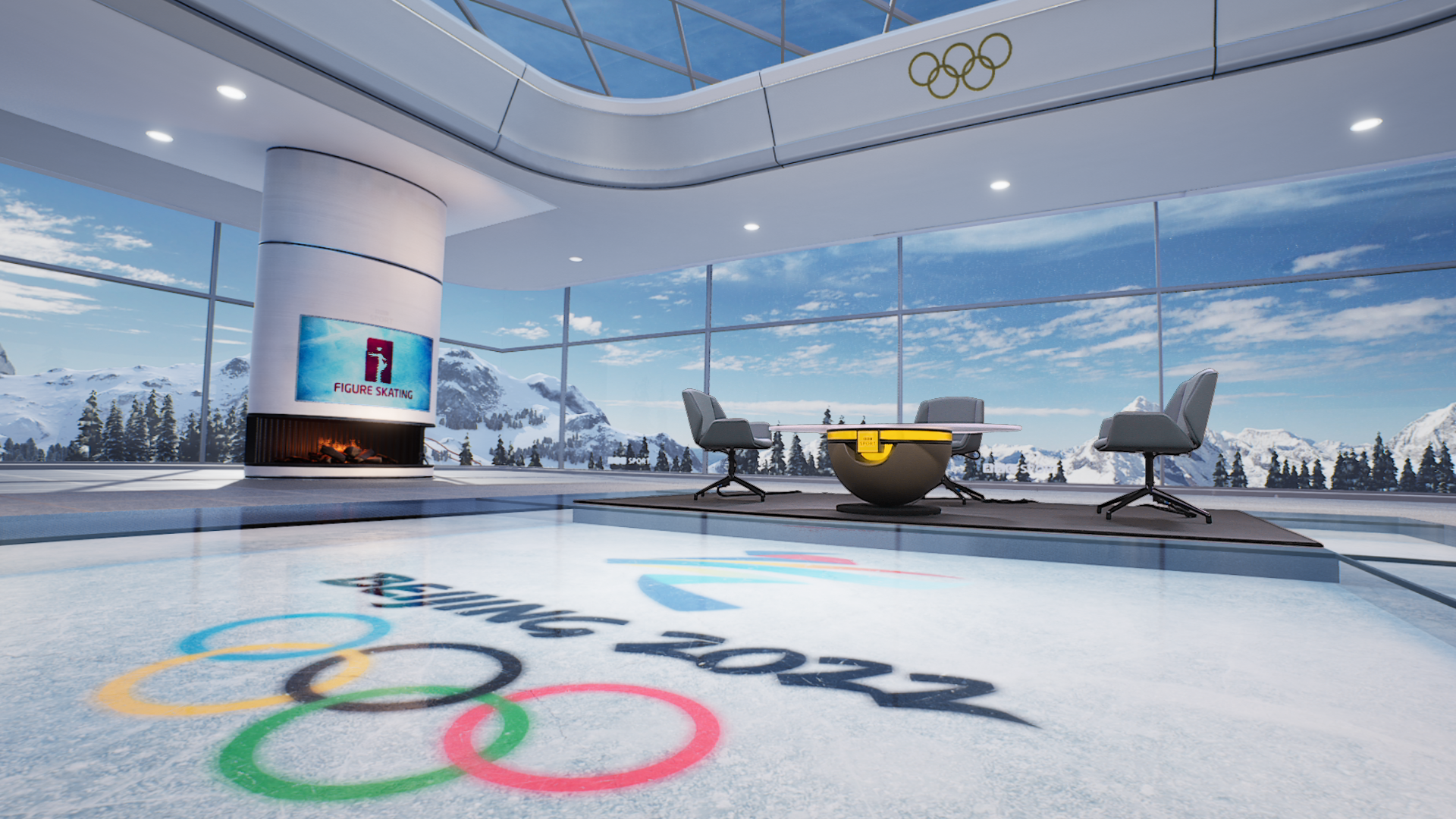
“During Covid, everyone had to conduct business from their home offices. As a result, our customers achieved incredible effects using NDI, PTZ cameras, and Vizrt Engine 4 integrated with Unreal Engine 4, where multiple presenters are composited into the same virtual set,” said Ray Ratliff, AMECS Technical Business Development Lead at Vizrt. “We are really only at the beginning of XR workflows, and many of these now popular technologies will only get better and further blend virtual reality and reality.”
The trend of integrating video game-rendering technology into virtual set platforms is certainly enhancing the visual quality of these graphics systems. In fact, “the biggest change for the virtual set market has been the ‘democratization’ of the space by players such as Epic Games’ Unreal engine and Unity with their Unity Engine entering this space massively,” said Jan Weigner, managing director for Cinegy. (Cinegy enables multichannel playout for broadcasters.) “The capabilities of these gaming engines have been extended dramatically for the requirements of real- time media production.”
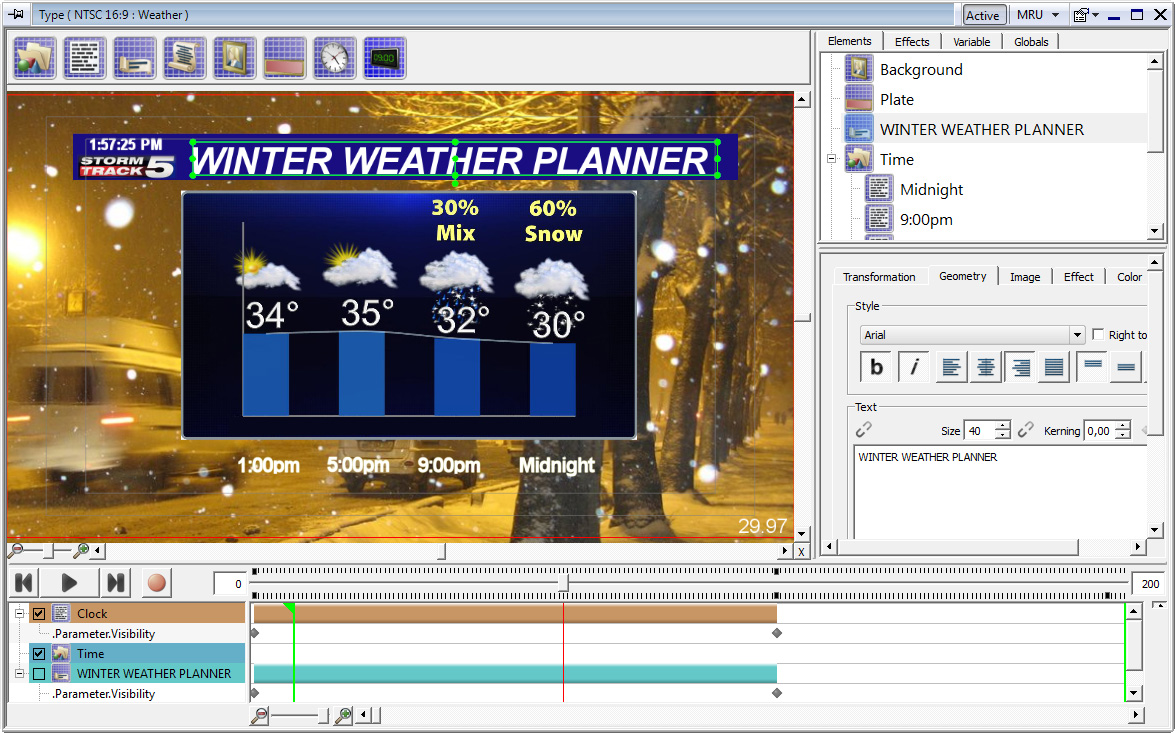
This upscaling of virtual set production quality couldn’t have come at a better time. Viewers are now accustomed to the crystal-clear resolution of 4K video on their TV screens, and they expect everything to look this good, from Marvel movies to the local 6:00 news.
“As audiences become increasingly discerning, TV newscasts must deliver flawless results, requiring background graphics to be rendered in ever higher resolutions,” Geissler noted. “This in turn has seen strong momentum behind the move towards virtual production, and in particular from virtual sets based around green screens to more immersive LED volume-based physical production sets that allow greater integration between augmented and virtual reality elements, along with live action.”
The biggest change in this market has been the massive move from virtual sets to immersive sets using ever larger LED walls.
Jan Weigner, Cinegy
More Immersive
That’s the irony of 4K: In some cases, it is motivating broadcasters to move away from virtual and back to physical sets.
“The biggest change in this market has been the massive move from virtual sets to immersive sets using ever larger LED walls,” said Weigner. “As a result, ‘background graphics’ now have to be rendered in 4K, 8K or even higher resolution, while for news at least, the 3D rendering requirement has gone. Modern newsroom graphics software is now expected to be able to handle the automatic generation of these 8K+ backgrounds and to be able to play multiple UHD or 8K clips simultaneously as part of the graphics scenes.”
At the same time, the high cost of LED walls will have to fall substantially for this kind of immersive physical studio to become more mainstream.
“The solution might be a combination of immersive LED screens, which helps with realistic lighting and reflections but only with a limited resolution, to then replace the background with a fully rendered texture with the help of AI for super-sampling and uprezzing [scaling up without artifacts],” Weigner said. “This would allow the usage of lower-resolution LED walls but maintain the immersive lighting and human interaction advantage over the ‘old green screen VR approach.”
All of these trends point to the continuing challenge of broadcasters to provide ever more detailed and realistic newsroom graphics and virtual sets to viewers.
James Careless is an award-winning journalist who has written for TV Technology since the 1990s. He has covered HDTV from the days of the six competing HDTV formats that led to the 1993 Grand Alliance, and onwards through ATSC 3.0 and OTT. He also writes for Radio World, along with other publications in aerospace, defense, public safety, streaming media, plus the amusement park industry for something different.
